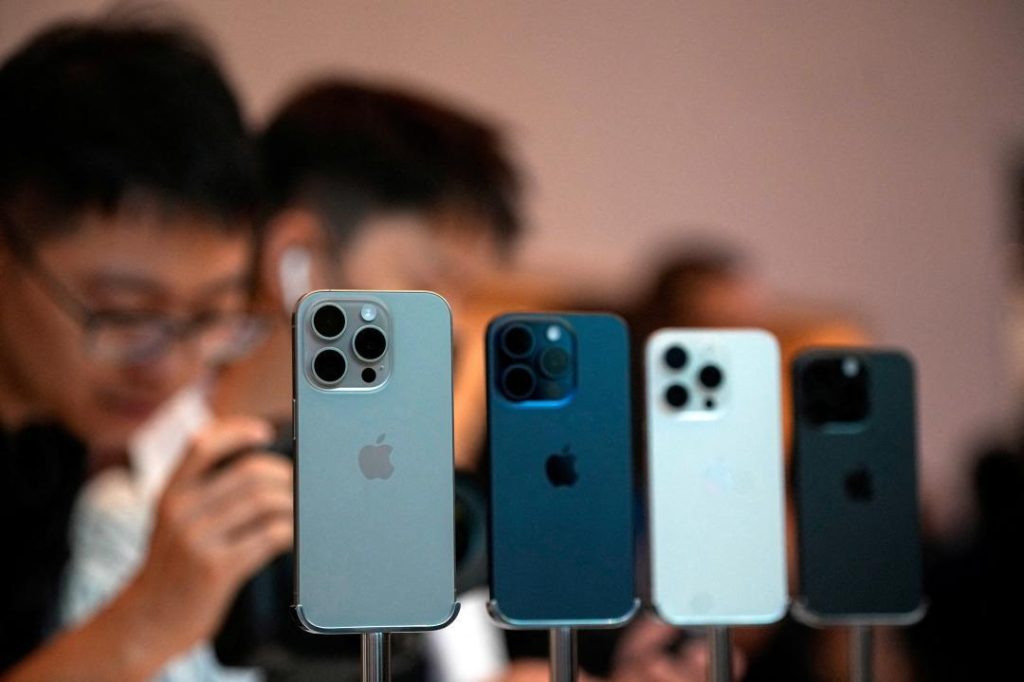
How much does it cost to make an iPhone & how may it change due to US tariffs?
The cost of making an iPhone is a closely guarded secret, but a recent report by Moneycontrol has shed some light on the expenses involved in manufacturing one of the most popular smartphones in the world. According to the report, Apple spends around $580 to make a 256GB iPhone 16 Pro, which is a significant amount considering the phone’s price tag.
Breaking down the costs, we find that the A18 Pro chip, which is the brain of the iPhone, costs Apple $90.85. The rear camera system, which is a critical component of the phone’s photography capabilities, costs $126.95. The display, which is the screen that users interact with, costs $37.97. These costs are just for the components and do not include the labor costs, research and development expenses, and other overheads that Apple incurs.
However, what is even more interesting is how the US-China trade war and the subsequent tariffs imposed by the US government could impact the cost of making an iPhone. As many iPhones are assembled in China, US tariffs of 54% would apply to the entire manufacturing cost of the phone. This would raise the manufacturing cost of the iPhone to around $847, or approximately ₹73,400.
To put this into perspective, if Apple were to absorb the entire cost of the tariff, it would mean a significant increase in the price of the iPhone. In fact, according to the report, the iPhone 16 Pro could become more expensive by around $267, or approximately ₹23,400, due to the tariffs. This could have significant implications for Apple’s sales and profitability, as well as the overall smartphone market.
But what are the reasons behind the US tariffs, and how do they affect the cost of making an iPhone? To understand this, we need to go back to the US-China trade war, which has been ongoing for several years. The US has imposed tariffs on a wide range of Chinese goods, including electronics, machinery, and textiles, in an effort to protect its domestic industries and reduce the trade deficit with China.
China, on the other hand, has retaliated by imposing its own tariffs on US goods, including agricultural products, automobiles, and aircraft. The tariffs have had a significant impact on global trade, with many companies, including Apple, feeling the pinch.
For Apple, the tariffs imposed by the US government are particularly problematic because of its reliance on Chinese manufacturing. China is home to a large number of contract manufacturers, such as Foxconn and Pegatron, which assemble iPhones and other Apple products. The tariffs imposed by the US government would increase the cost of these components, making it more expensive for Apple to produce the iPhone.
However, it’s not all bad news for Apple. The company has been working to reduce its reliance on Chinese manufacturing, and has been investing in manufacturing facilities in countries such as India and Vietnam. These countries have lower labor costs and fewer regulatory hurdles, making them attractive destinations for companies looking to reduce their costs.
In fact, Apple has already started to shift some of its production to India, where it has partnered with contract manufacturers such as Foxconn and Wistron to produce iPhones. This move is expected to reduce Apple’s reliance on Chinese manufacturing and help the company mitigate the impact of the tariffs.
But what about the impact on consumers? Will the tariffs make iPhones more expensive, and if so, by how much? According to the report, the tariffs could increase the price of the iPhone 16 Pro by around $267, or approximately ₹23,400. This could make the phone more expensive for consumers, particularly those in the US who are already feeling the pinch of inflation.
However, it’s worth noting that Apple has a history of passing on costs to consumers when necessary. In the past, the company has increased the prices of its products to reflect changes in the cost of manufacturing. So, it’s possible that Apple could absorb some of the cost of the tariffs and still maintain its profit margins.
In conclusion, the cost of making an iPhone is complex and involves a wide range of components and manufacturing processes. The US-China trade war and the subsequent tariffs imposed by the US government have added an additional layer of complexity to the cost of manufacturing the iPhone. While the tariffs could increase the cost of the phone for consumers, Apple has a history of passing on costs to consumers when necessary. It will be interesting to see how the company responds to the tariffs and how they impact the overall smartphone market.
Source:



